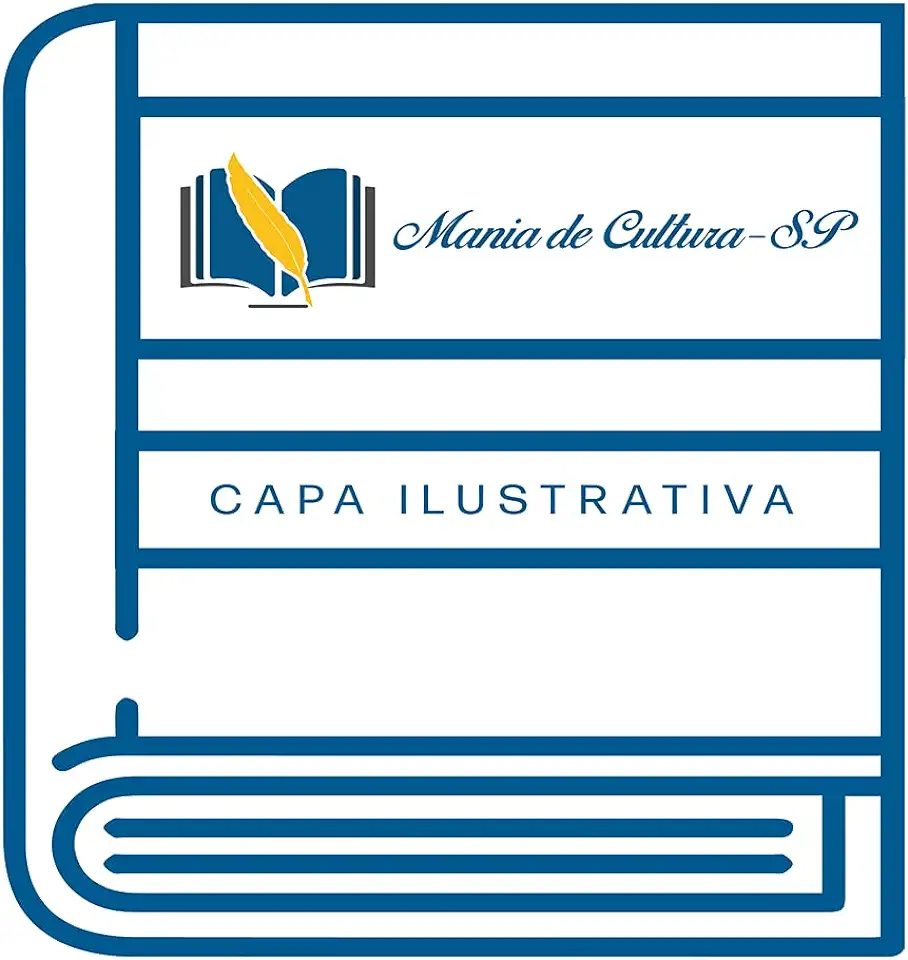
Science and Health Risk in Daily Newspapers - Olinda do Carmo Luiz
Science and Health Risk in Daily Newspapers: A Comprehensive Analysis
Understanding the Impact of Media on Health Perception
In today's fast-paced world, where information is readily available at our fingertips, it is crucial to critically evaluate the sources and accuracy of the information we consume. This is especially important when it comes to health-related news, as misinformation can have serious consequences on our health decisions and well-being.
The Role of Daily Newspapers in Health Communication
Daily newspapers play a significant role in shaping public opinion and disseminating health-related information. However, the manner in which health risks are presented in these newspapers can have a profound impact on how individuals perceive and respond to these risks.
Analyzing Health Risk Reporting in Newspapers
In her book, "Science and Health Risk in Daily Newspapers," Olinda do Carmo Luiz conducts a comprehensive analysis of health risk reporting in daily newspapers. Through meticulous research and analysis, she sheds light on the various factors that influence the way health risks are presented in the media.
Key Findings and Insights
Luiz's study reveals several important findings that provide valuable insights into the nature of health risk reporting in daily newspapers. Some of the key findings include:
Sensationalism and Oversimplification: Health risks are often presented in a sensationalized manner, exaggerating their severity and potential impact. This can lead to unnecessary fear and anxiety among readers.
Lack of Context and Expert Opinion: Health-related news articles often lack sufficient context and expert opinions, making it difficult for readers to fully understand the risks and make informed decisions.
Influence of External Factors: The reporting of health risks can be influenced by various external factors, such as political agendas, commercial interests, and media competition.
Implications for Public Health and Policy
Luiz's findings have significant implications for public health and policy. By understanding the biases and limitations of health risk reporting in daily newspapers, policymakers, healthcare professionals, and the general public can take steps to mitigate their effects and promote more accurate and responsible health communication.
A Call for Critical Thinking and Media Literacy
In the era of information overload, it is more important than ever to cultivate critical thinking skills and media literacy. This involves evaluating the credibility of information sources, recognizing biases, and seeking out multiple perspectives before forming opinions and making decisions.
Conclusion: Empowering Informed Health Choices
"Science and Health Risk in Daily Newspapers" serves as a valuable resource for researchers, policymakers, healthcare professionals, and the general public. By critically examining the way health risks are presented in daily newspapers, we can empower individuals to make informed health choices and foster a healthier society.
Enjoyed the summary? Discover all the details and take your reading to the next level — [click here to view the book on Amazon!]